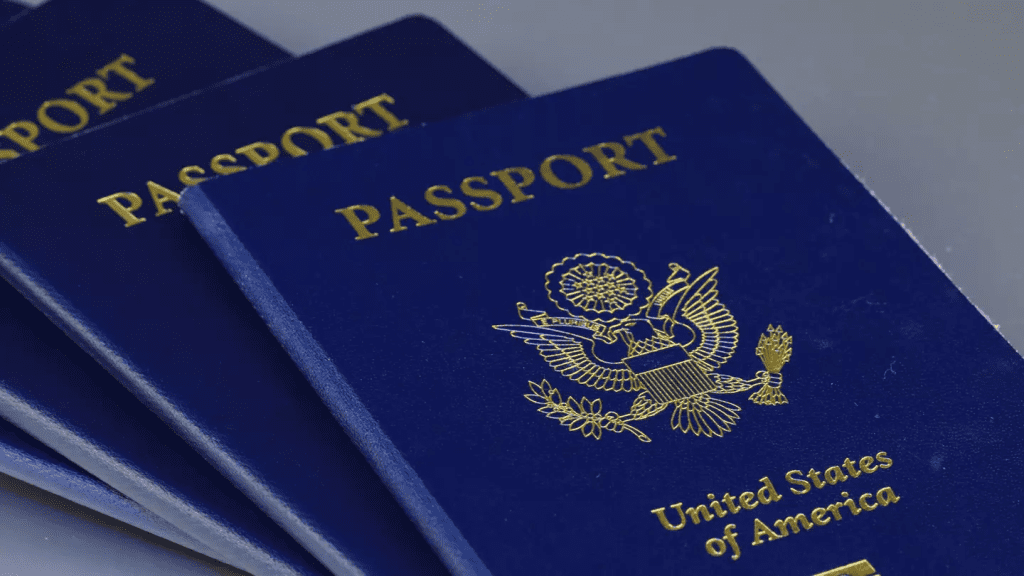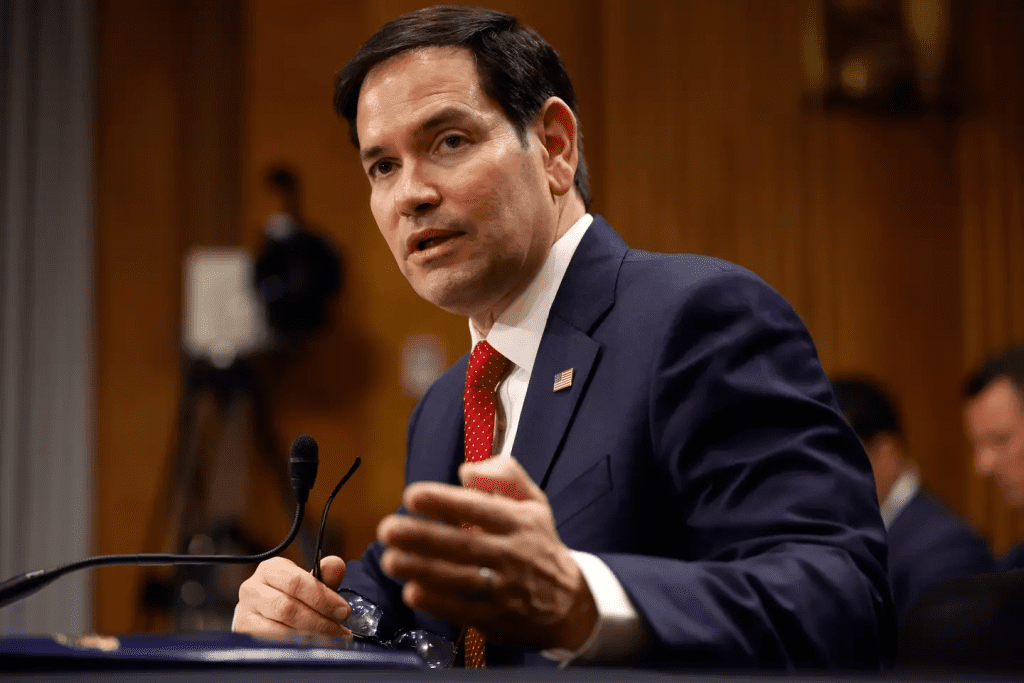Trump’s Return Sparks Major Policy Changes
Donald Trump’s return to the Oval Office has ushered in a wave of executive orders aimed at reshaping key aspects of federal policy. One of the most controversial orders signed by the 78-year-old president, titled “Defending Women From Gender Ideology Extremism and Restoring Biological Truth to the Federal Government,” has significant implications for gender recognition in the United States. Among its sweeping changes, the order eliminates the option for non-binary individuals to use the “X” gender marker on passports, a policy introduced under the Biden administration.
This executive decision has reignited debates over gender identity and federal documentation, sparking both praise and criticism across the nation.

The Rise and Fall of the ‘X’ Gender Marker on US Passports
The option for U.S. citizens to list their gender as “X” on passports was introduced in October 2021, marking a historic step toward inclusivity. The first passport with the “X” marker was celebrated as a landmark achievement, signaling recognition of non-binary, intersex, and gender-diverse individuals. Jessica Stern, a diplomat and advocate for gender inclusivity, called it a “momentous step” toward reflecting the diversity of gender identity and expression in federal systems.
However, under Trump’s newly signed executive order, the State Department has frozen applications requesting the “X” gender marker. The policy also halts applications seeking to change an individual’s sex marker from their assigned sex at birth. According to Secretary of State Marco Rubio, the United States will now adopt a strict binary understanding of sex for all federal documents, including passports and consular reports of birth abroad.
Understanding the Executive Order
Trump’s executive order asserts that “sex, and not gender, shall be used” as the defining classification on federal documentation. The order effectively rolls back progress made in recent years to recognize and accommodate non-binary and gender-diverse individuals in federal systems.
Key provisions of the order include:
- Freezing Non-Binary Passport Applications: Applications requesting an “X” gender marker are now suspended indefinitely.
- Binary-Only Documentation: Passports and other federal documents will recognize only two categories—male and female.
- Restrictions on Changing Sex Markers: Requests to change a sex marker on existing documents to reflect gender identity are no longer permitted.
While passports with an existing “X” marker remain valid for the time being, the policy shift poses significant challenges for those seeking to renew or update their travel documents.
Impact on the Non-Binary Community
The change is expected to affect over 1.2 million Americans who identify as non-binary, according to a 2021 survey. Many members of this community had hailed the introduction of the “X” marker as a crucial acknowledgment of their identity. Its removal represents a significant setback for advocates of gender inclusivity, who view the move as a denial of their existence.
For those with current “X” gender marker passports, renewing or updating these documents could become problematic. Travel plans, employment opportunities, and legal documentation processes could face new hurdles as individuals navigate the implications of the updated policy.

The Broader Policy Shift: Gender and Federal Recognition
The elimination of non-binary passports is just one aspect of the broader policy outlined in Trump’s executive order. The document aims to establish a clear distinction between sex and gender, rejecting the notion of gender fluidity in federal systems.
The policy impacts several areas beyond passports, including:
- Prison Assignments: Transgender women will no longer be housed in female correctional facilities.
- Education and Employment: Federal guidelines will reinforce binary definitions of gender in schools and workplaces.
- Healthcare Policies: Gender-based considerations in federal health programs may be re-evaluated to align with the new standards.
Supporters of the order argue that it provides clarity and safeguards biological distinctions, particularly in spaces such as women’s sports and prisons. Critics, however, warn that it undermines the rights of gender-diverse individuals and reinforces discriminatory practices.
Public and Political Reaction
The policy change has sparked heated reactions from across the political spectrum. Advocates of the decision argue that it restores a sense of traditional values and simplifies federal documentation. They claim that biological distinctions are essential for maintaining fairness and safety in certain contexts.
Opponents, however, view the move as a regressive step that erases hard-won progress for LGBTQ+ rights. Advocacy groups have condemned the order as discriminatory, warning that it sets a dangerous precedent for rolling back inclusivity in federal policies. Protests and legal challenges are expected as civil rights organizations rally to oppose the changes.

The Global Perspective on Gender-Inclusive Passports
While the U.S. shifts its stance on non-binary passports, other countries continue to embrace gender inclusivity. Nations such as Canada, Germany, Australia, and New Zealand have implemented policies allowing citizens to choose a third gender marker on official documents. These policies reflect a growing recognition of gender diversity on the global stage.
The contrast between the U.S. and other nations underscores the polarized nature of the debate over gender identity. As the U.S. adopts a binary-only approach, its departure from international trends may have diplomatic and cultural implications.
What Comes Next?
The decision to ban non-binary passports is likely to face intense scrutiny in the months ahead. Legal challenges from advocacy groups could bring the issue before the courts, testing the limits of executive power in redefining federal policies on gender.
For now, the policy represents a significant shift in the federal government’s approach to gender identity. Its long-term implications remain uncertain, but it has undoubtedly reignited a national conversation about inclusivity, rights, and representation in America.
Conclusion: A Controversial Turning Point
Trump’s executive order banning non-binary passports marks a contentious chapter in U.S. policy on gender identity. For supporters, it reflects a commitment to traditional definitions of sex and biology. For critics, it’s a step backward in the fight for LGBTQ+ equality.
As the nation grapples with the implications of this decision, the voices of affected individuals and advocacy groups will play a crucial role in shaping the ongoing debate. The policy’s impact on non-binary and gender-diverse Americans serves as a stark reminder of the complexities surrounding identity, representation, and federal governance in the modern era.



